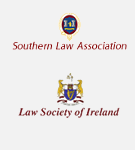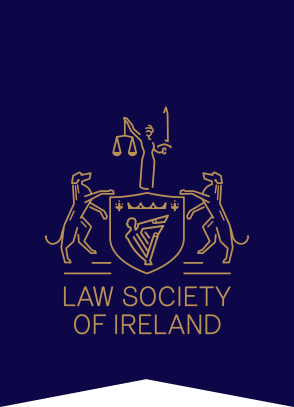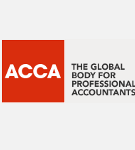Mortgage Debt Relief under the Personal Insolvency Act 2012 (“the Act”)
The Debt Relief Notice (“DRN”) in most instances only applies to debt that is un-secured( i.e. it is not secured against any asset like a mortgage on a house). But what if your debt is mortgage debt and you are currently in financial difficulty? To deal with this, the Act has created an out-of-court process known as a Personal Insolvency Arrangement (“PIA”). The best way to explain how this works is to give an example.
Let’s assume you are in financial difficulty. You have a family home worth €300,000 and an investment property worth €160,000 (bought for €400,000). Your mortgages on both of these properties (which are with the same lender) amount to €800,000. You are making full repayments on your family home but only have enough income to pay interest and some capital to your lender on the investment property. At present it will take you over 50 years to repay the mortgage on the investment property. You also have mounting un-secured debt in the form of unpaid credit card bills. You decide to contact a personal insolvency practitioner (“PIP”) to see whether you are eligible to apply for a PIA with your lender.
When can you apply for a PIA?
For a PIA to apply you must:
– not have entered any form of personal insolvency previously;
– be resident in Ireland;
– be insolvent (ie. your liabilties are greater than your assets);
– have completed a prescribed financial statement detailing your assets, liabilities,
income and expenditure;
– dealt with all queries raised from the Insolvency Service (“IS”) and the Revenue;
What if you are successful with your PIA application?
If you are successful the IS will apply to the Court and the Court will issue you with a certificate which allows you 70 days protection from your lender. The PIP will then receive submissions from your lender as to what their preferred option is to deal with your case. Having considered all options the PIP puts forward a proposal to your lender for it’s approval which is to sell the investment property immediately with the total proceeds going to your lender. You will not be required to sell your interest in the family home. The property sells for €160,000.
What happens to the shortfall between the mortgage on the investment property and the sale price?
After the sale there is a shortfall of €240,000 which is now un-secured. Under the PIA you agree to annual payments of €20,000 per year for the next six years. You also agree to take out a life policy to enable you to meet the terms of the PIA in the event of your death. Your lender who lent the mortgages to you (secured debt) and the credit card debt (unsecured) agrees with the proposal. As the proposal has received support in excess of 65% of total creditors it is successful. After year one the PIP makes contact with you to carry out a review of your financial position. If it hasn’t changed then the PIA continues to year 6. If you are more well off, however, additional monies may need to be paid to your lender. At the end of year 6 the PIP notifies you, the IS and your lender that the PIA has come to an end. You no longer owe your lender any of the remaining debt. The remaining debt (excluding inflation/interest/life policy) of €120,000 (€240,000 – €120,000) is now written off.

Niall Colgan is a Solicitor based in Cork city, Ireland with over 10 years experience.










